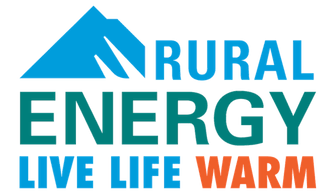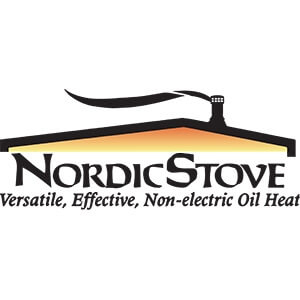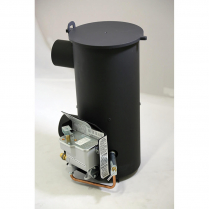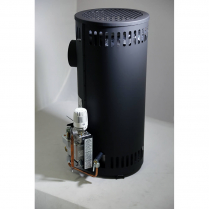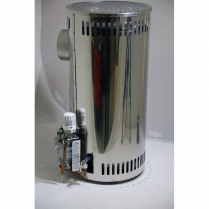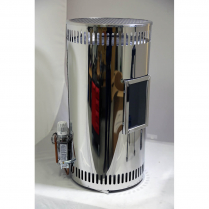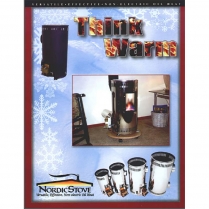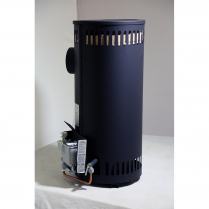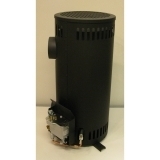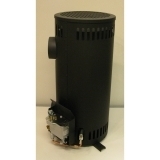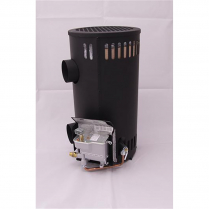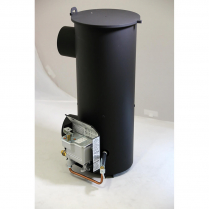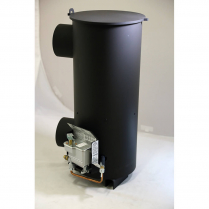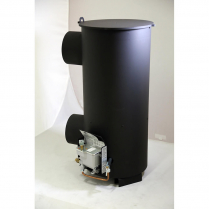NordicStove is a renowned brand of non-electric, oil drip stoves that offer a reliable and efficient heating solution for various applications. Manufactured in Åmål, Sweden, by Linders Plåt & Värme AB, these stoves are licensed for sale in North America by Rural Energy Enterprises.
NordicStove, Non-electric, Oil Drip Diesel Heaters.
NordicStove offers a comprehensive range of oil drip stoves catering to diverse heating needs, providing a reliable, efficient, and environmentally friendly solution for heating and cooking. Whether you need a primary heat source, a backup for emergencies, or a dependable option for remote locations, NordicStove offers models to suit various needs.
NordicStove stoves operate without electricity, making them an excellent choice for cabins, tents, boats, and homes, particularly in off-grid or remote settings where reliable heat and cooking capabilities are essential.
